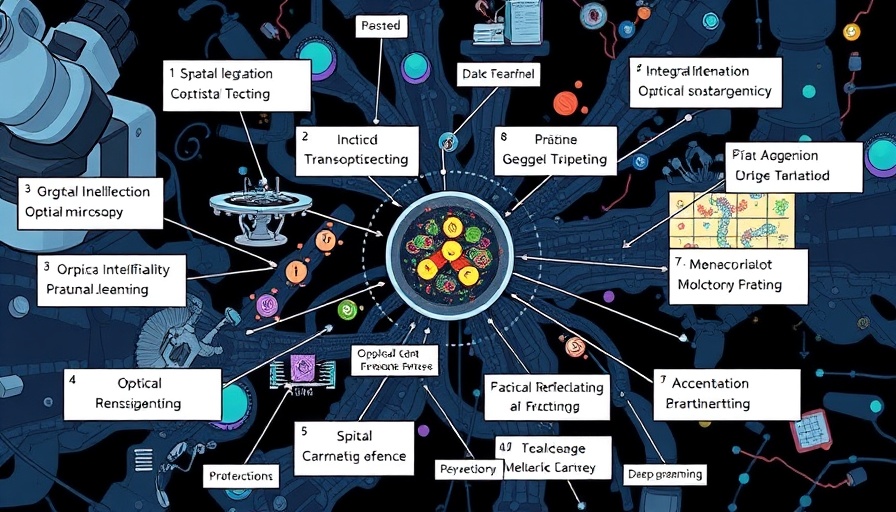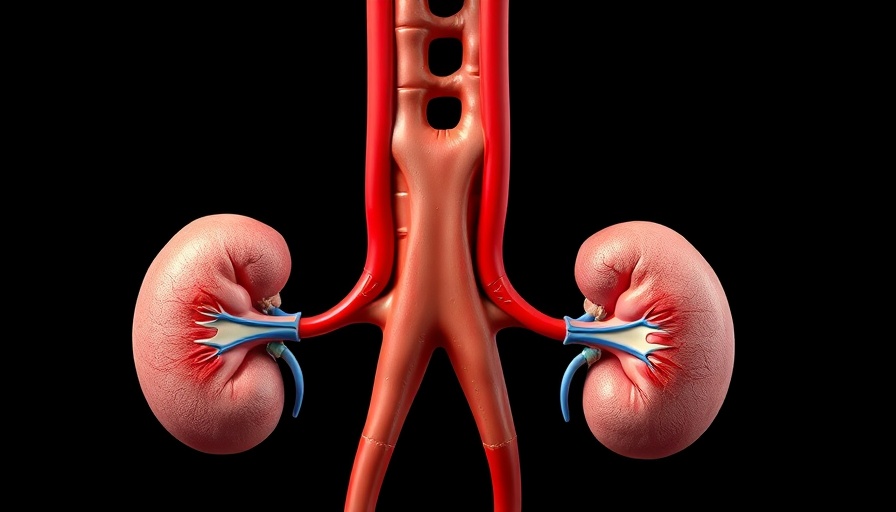
Revolutionizing Cancer Treatment: The Role of AI in Precision Medicine
In recent years, 'precision medicine' has emerged as a groundbreaking approach in cancer treatment, shifting the focus from one-size-fits-all therapies to customized treatments tailored to the unique characteristics of each patient's disease. This shift is especially notable in pancreatic cancer, a notoriously challenging cancer to diagnose and treat effectively. With the advent of advanced technologies like optical microscopy and artificial intelligence (AI), researchers are now on the brink of a significant breakthrough.
Understanding Phenotypes and Their Impact on Treatment
Phenotypes, or the observable characteristics of a disease, play a crucial role in guiding treatment decisions. Traditionally, identifying these phenotypes required invasive and costly procedures, including molecular tests and genetic sequencing. These methods are not only time-consuming but often inaccessible to many patients, leading to delays in receiving targeted therapies that could improve their outcomes.
The new method developed at the University of Arizona offers a solution by enabling faster and more affordable identification of disease phenotypes through label-free optical microscopy combined with AI. This innovative method not only decouples the diagnostics from expensive testing but also increases accuracy, which could lead to better patient outcomes.
The Science Behind Optical Microscopy and AI Collaboration
The research team utilized a technology called spatial transcriptomics, which allows scientists to create spatial maps of gene expression within tissue samples. This technique generates insights into how the disease behaves at a molecular level. By pairing this data with traditional optical microscopy images — which capture the natural fluorescence from specific biomarkers — the researchers were able to align this information and enhance the analysis.
An AI algorithm, specifically a deep neural network, was then trained on these label-free optical images to predict tissue phenotypes with remarkable accuracy approaching 90%. This level of precision is a game-changer in the fight against cancer, as it empowers clinicians to make well-informed treatment decisions promptly.
Challenges and Future Directions
Despite the exciting findings, the journey toward widespread implementation of this technology is not without challenges. While label-free microscopy paired with AI shows great promise, integrating these tools into clinical practice requires extensive validation and training for healthcare professionals. Additionally, as with any new technology, concerns surrounding data privacy and the ethical implications of AI in healthcare must be addressed.
Nonetheless, the potential benefits of this technological advancement are significant. As researchers continue to refine and expand upon this technique, patients may soon have access to quicker diagnoses and personalized treatment options tailored to their specific cancer characteristics, enhancing their chances of long-term recovery.
A Call for Research and Collaboration
As the medical community stands at the threshold of a new era in cancer treatment, it is paramount that continued funding and support are directed toward innovative research. Collaboration among scientists, clinicians, and policymakers will be critical in turning these promising advancements into routine clinical practice, ensuring that the benefits of precision medicine are accessible to all patients, especially those battling difficult cancers like pancreatic cancer.
The potential of combining cutting-edge technologies with thoughtful medical approaches marks a pivotal moment in cancer care. As patients increasingly seek personalized solutions, advancements like optical microscopy and AI will undoubtedly play a central role in redefining the landscape of precision medicine.
 Add Row
Add Row  Add
Add 




 Add Row
Add Row  Add
Add 
Write A Comment